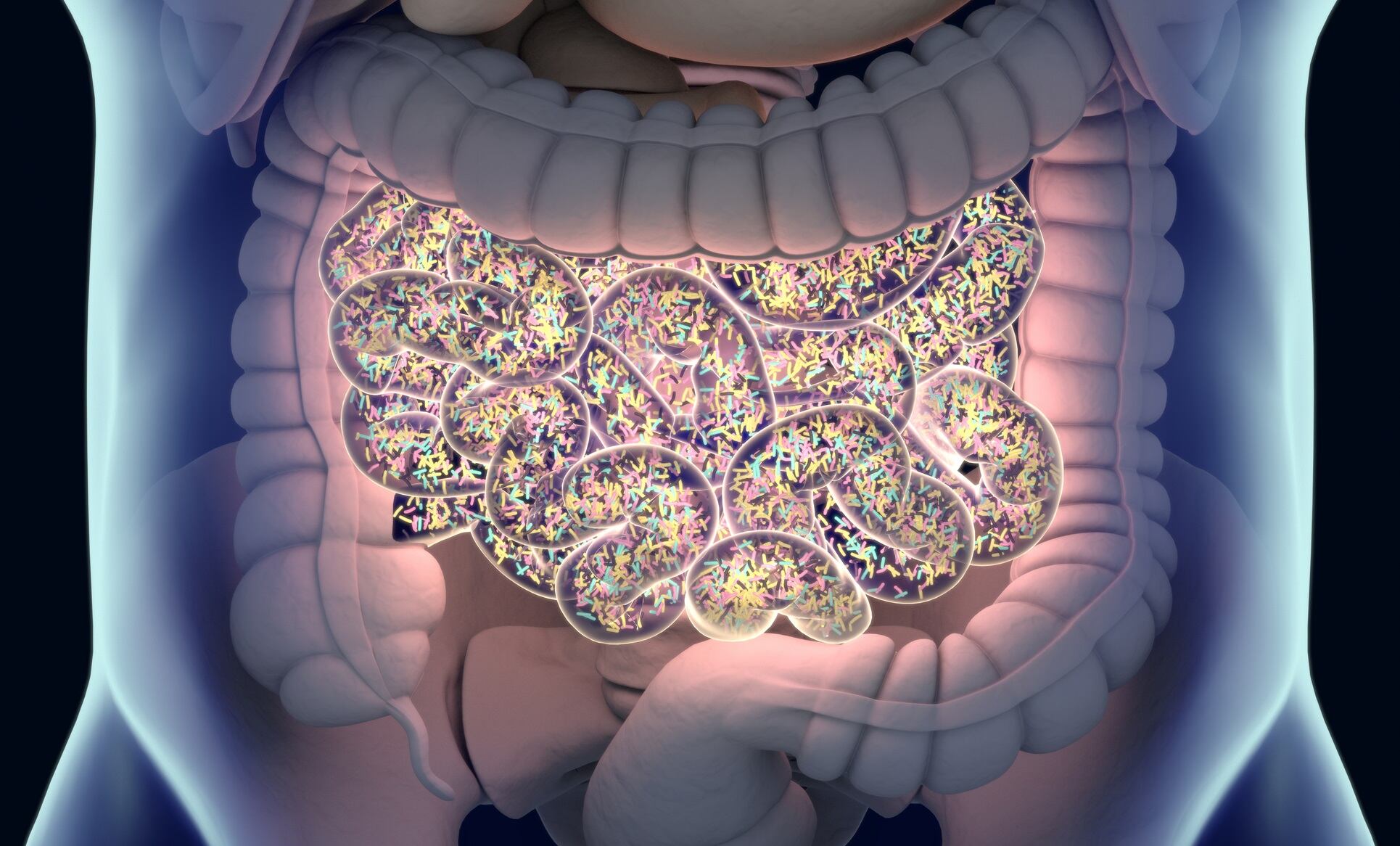Using data from 94 studies across 42 countries, the research also reported that specific genetic variations were associated with various human characteristics and diseases such as aging, BMI and even cancer.
For instance, the researchers found that a common genetic group of Collinsella bacteria was more prevalent in patients with melanoma and prostate cancer.
While the research is observational and cannot establish causal links, it could have important implications, according to the study’s lead author Sergio Andreu-Sánchez, a researcher at the University Medical Center Groningen in the Netherlands.
“This study opens the door to more personalized types of microbial interventions,” he told NutraIngredients. “For example, when thinking about probiotics, it may be better to give one that is more suited to that specific population so that it promotes particular strains that may be more beneficial.”
Creating a microbial map
Since the advent of DNA sequencing and metagenomics, many studies have begun to explore the variability of microbial taxa within and across host populations.
However, few have explored the diversity within species and how this may be linked to human health on a large scale.
The researchers from the University of Groningen, the University of Trento and King’s College London therefore set out to create a detailed map of the genetic diversity of dominant gut bacterial strains globally and identify strains that may be linked to human health traits and diseases.
To do this, they assessed 32,152 gut metagenomics samples from 24,829 individuals. The dataset covered over 241 phenotypes, including geographic location, age, disease status and lifestyle factors.
The interplay between the gut microbiome and health
A key finding of the research was that the genetic structure of human gut microbiome strains was found to be related to geographic location.
People living in the same country or geographical location tended to have more similar bacteria, with the exception of Europe and North America which showed similar ‘clusters’.
While this may represent similar lifestyles or dietary patterns, the authors suggest it is more likely to be caused by evolution and migration patterns.
“Gut bacteria evolve with us,” said Andreu-Sánchez. “There is a hypothesis which suggests that people have bacteria that are well adapted to a particular population because it was always with them for millions of years. These types of bacteria may not be easily transmitted between individuals, so they remain very similar [among populations].”
Diving deeper into the research, the authors found that specific genetic variations were associated with various human phenotypes.
Notably, a specific clade of bacterium, Ruminococcus gnavus, was more prevalent in nonagenarians (people aged 90-99). Whether this suggests that this type of gut bacteria is associated with healthy aging is up for debate though, according to Andreu-Sánchez.
“There are three possible scenarios here,” he said. “It could be because it’s associated with a healthy lifestyle or that it promotes healthy aging. Or it could simply be that the microbes in the gut change over time, and those microbes are the ones that are really well suited to that new environment.”
Some of the strongest bacterial associations across borders were seen in melanoma patients, who were enriched with the same clade of Collinsella bacteria across both Europe and North America.
This clade was also associated with prostate cancer in samples from the UK and Switzerland. While a rational explanation could be that cancer treatment alters the gut microbiome, Andreu-Sánchez says his group’s research suggests otherwise.
Instead, the researchers hypothesize that the strains within the clade might be adapted to certain exposures, such as immune dysregulation, which might drive the selection of specific bacterial subspecies.
“Previous research in melanoma patients has shown that the gut microbiome is a predictor of how well the treatment is going to work, but this is not what we’re observing here,” he said. “This has nothing to do with treatment. It seems that when you have this disease, your gut bacteria will have specific genetic make-up.”
Study opens possibility to ‘fine-tune’ microbial interventions
While the study cannot establish any causal links, the researchers say their analysis “highlights the relevance of strain diversity as it relates to human health.”
“This is just the first step,” said Andreu-Sánchez. “In the microbiome field, we are moving on from looking at sub-species of bacteria as an indication of health. We are starting to really dig into the functional landscape of bacteria, but we still need to understand this a bit better.
“We hope that this is a really nice starting point for many more research studies, which could help to fine-tune interventions so that they really have an effect within the host.”
Source: Cell. doi: 10.1016/j.cell.2025.04.014. “Global genetic diversity of human gut microbiome species is related to geographic location and host health.” Authors: S. Andreu-Sánchez, et al.


